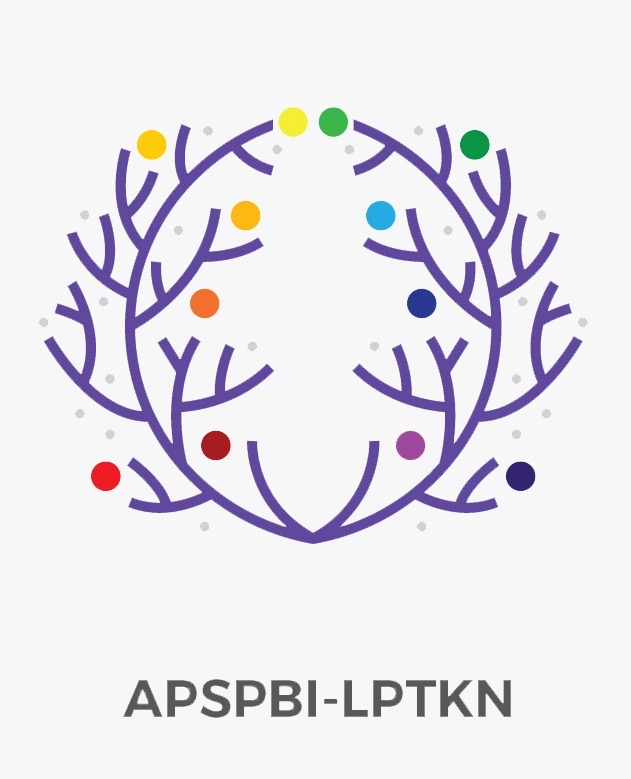TEACHERS PERCEPTIONS TOWARD COOPERATIVE LEARNING IMPLEMENTATION IN EFL CLASSROOMS
DOI:
https://doi.org/10.53682/jellt.v6i1.6929Keywords:
Teachers' Perception, Cooperative Learning, EFL ClassroomAbstract
In teaching learning English the teaching learning method is essential that should be available in the school The teaching learning method in this study is Cooperative Learning CL is a student center learning method CL allows students to have a group discussion about conducting the task The teachers CL as the teaching advice in planning the students activities in the classroom Meanwhile the students used Cooperative Learning as the learning method in obtaining the subject lesson Regarding the Cooperative Learning issue the researcher conducted the study of the Cooperative Learning implementation based on the teachers perspectives This research investigates the teachers perceptions of the Cooperative Learning implementation and explores the students changes found by teachers in EFL classrooms This research implemented a qualitative case study in gaining the data by using questionnaire and interview The data were analyzed descriptively The research participants were three English teachers who taught using Cooperative Learning method The results showed that the teachers perceived Cooperative Learning positively Cooperative Learning was suitable to the students needs in achieving learning goals In choosing the appropriate Cooperative Learning the school environment and students background needed to be considered Cooperative Learning fostered students independence in fulfilling the assignment While Cooperative Learning attractions students looked enjoying the learning process They seemed more active in conducting class activity In addition according to students personal benefits Cooperative Learning method influenced students self esteem self confidence motivation and interest in learning English < p>
Downloads
References
Airasian P W Mills G Gay L R 2012 Educational research: Competences for analysis and application USA: Pearson Education Inc
Al Tamimi N O M Attamimi R 2014 Effectiveness of Cooperative Learning in Enhancing Speaking Skills and Attitudes towards Learning English International Journal of Linguistics
Hasyim F 2019 Cooperative Learning Approach to and English Academic Reading Course Journal of Linguistic and English Teaching
Heydari H Zarei E Zainalipour H 2013 Survey the Effect of Cooperative Learning on Confidence Journal of Educational and Management Studies
Kagan S 1994 Cooperative Learning San Juan Capistrano CA: Kagan Cooperative Learning
Marashi H Khatami H 2018 Using Cooperative Learning to Boost Creativity and Motivation in Language Learning Journal of Language and Translation
Merriam S 1998 Case Study Research in Educatiojn: A Qualitative Perspective Boston MA: Jones and Barlett Publishers
Moghaddam A S Heidari F 2018 The Impact of Cooperative Learning on EFL Learners International Conference on Research and Innovation in Science Engineering Technology
Nurhafani 2016 The Effect of Cooperative Script Method towards Students Interest in Reading Journal of Languages and Language Teaching
Pratiwi 2015 Increasing Interest and Student Learning Outcomes by Using Cooperative Learning Type Make a Match JurnalSMART: Journal of English Language Teaching and Applied Linguistics
Sirisrimangkorn M Suwanthep J 2013 The Effects of Integrated Drama Based Role Play and Student Teams Achievement Division STAD on Students Speaking Skills and Affective Involvement Scenario Journal
Utama I M P Marhaeni A A I N Putra I N A J 2013 The Effect of Think Pair Share Teaching Strategy to Students Self Confidence and Speaking Competency of the Second Grade Students of SMPN 6 Singaraja e Journal Program Pascasarjana Universitas Pendidikan Ganesha Program Studi Pendidikan Bahasa Inggris
Wahyudi A 2015 The Influence of Cooperative Learning Team Assisted Individualized TAI Type to The Students Learning Motivation and English Reading Comprehension at STIK Bina Husada Palembang Premise Journal
Korstjens I Moser A 2018 Series: Practical Guidance to Qualitative Research Part 4: Trustworthiness and Publishing European Journal of General Practice
Yin R K 2003 Case study research: Design and methods London: Sage
Yin R K 2014 Case study research: Design and methods Los Angeles CA: Sage

 Fakultas Bahasa dan Seni
Fakultas Bahasa dan Seni